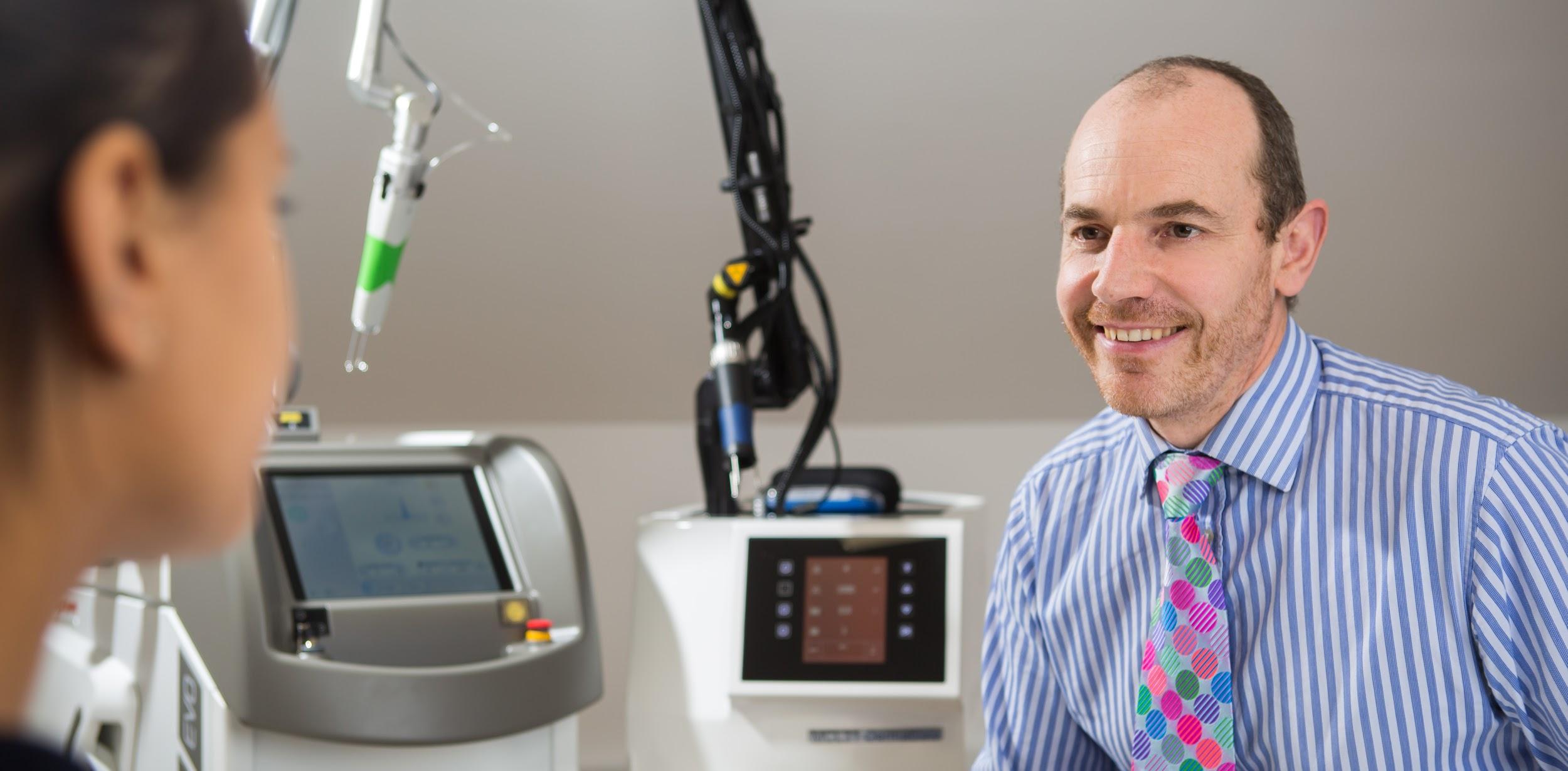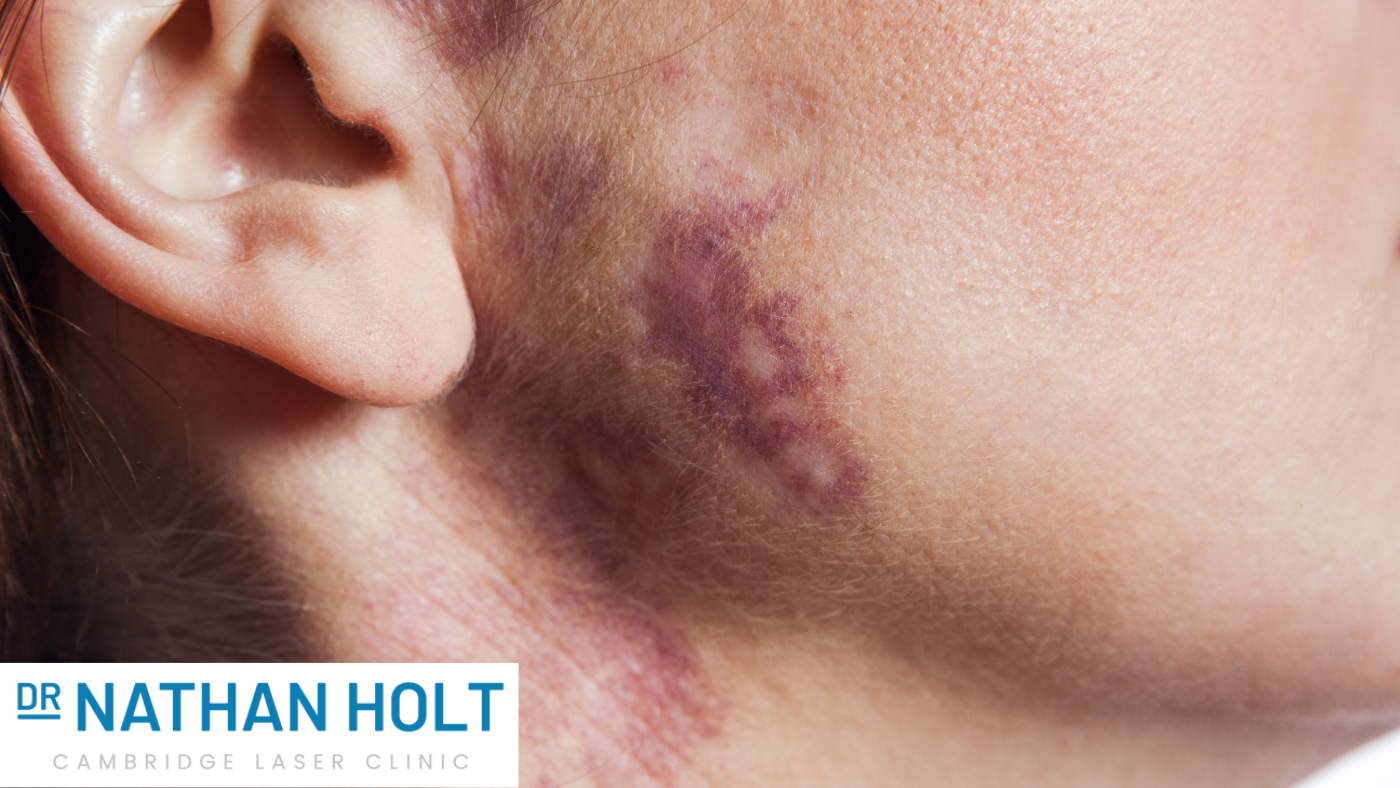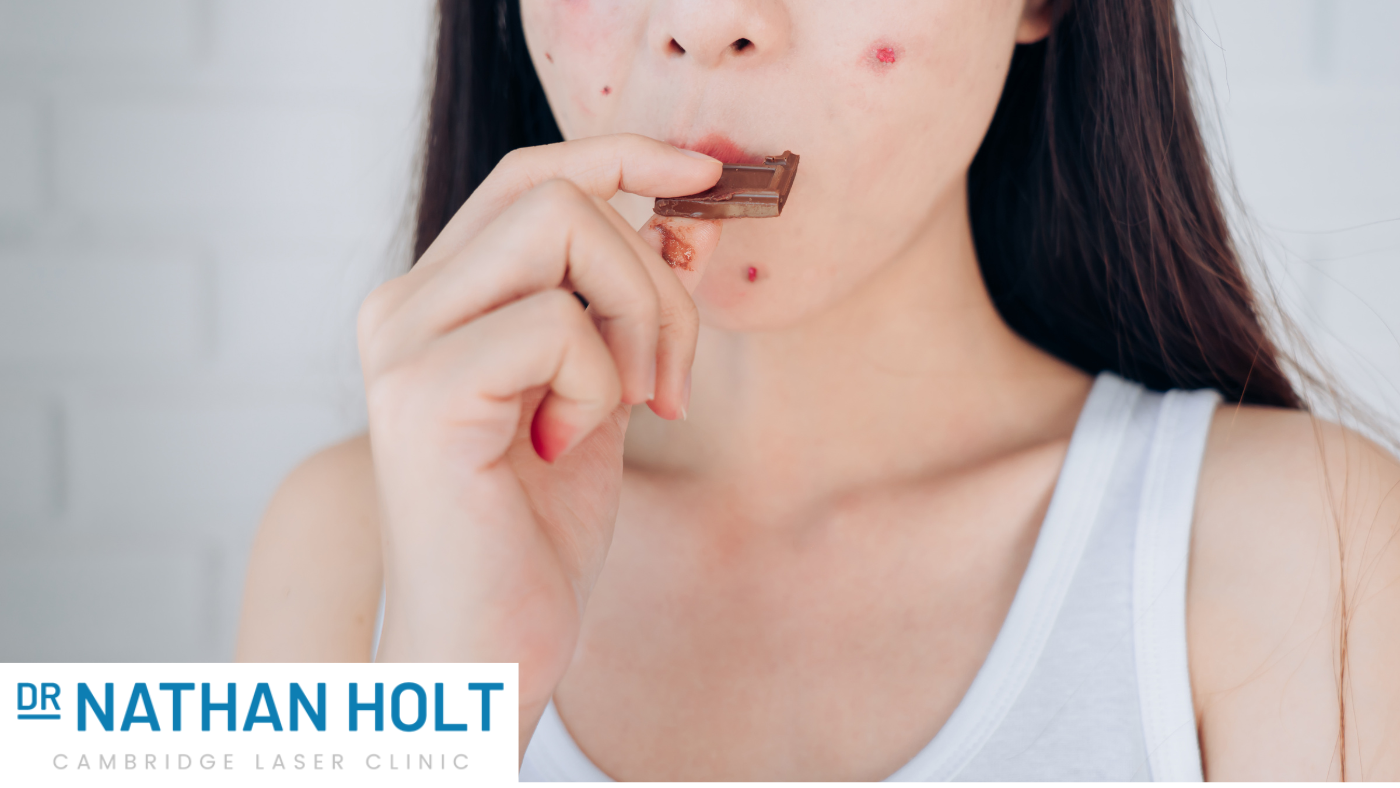Rosacea, a chronic skin condition characterised by facial redness, swelling, and visible blood vessels, can…

Skin Pigmentation: The Causes and How to Reduce It
Skin pigmentation, also known as hyperpigmentation, refers to skin that appears darker in specific areas. This usually occurs in small patches, but it’s not unheard of for skin pigmentation to cover larger areas. Though skin pigmentation isn’t harmful, it can be a sign of something else happening within the body, so it’s always good to get it checked out by a professional. Once you know that the pigmentation isn’t a symptom of anything serious, you can think about reducing the appearance of the hyperpigmentation. This isn’t an essential treatment, but it can help anyone unhappy with the amount of pigmentation they have or how it looks on their skin. Below, we have looked at the causes of pigmentation and how laser technology can remove it.
What Causes Skin Pigmentation?
Several things cause skin pigmentation, but excess melanin production is often the culprit. It’s found in hair and eyes and determines your hair and eye colour. Melanin is also the pigment that gives skin its colouring, and too much of this can lead to darker areas and patches. This is because melanin is very good at absorbing light, and it’s prone to darkening in the sun. Melanin is produced by cells called melanocytes, and these respond to genetics and the environment. This is why genetics impact how light or dark your skin is and why some people tan well in the sun, whilst others tend to burn.
It’s also possible for skin pigmentation to be caused by certain medications, such as those used for chemotherapy. Hormone levels changing can also impact, such as those experienced during pregnancy. Spending a lot of time in the sun can also lead to areas of pigmentation, which can create the appearance of an uneven skin tone and sun tan. Luckily, the appearance of skin pigmentation can often be improved using laser technology.
The Main Types of Skin Pigmentation
Not all pigmentation is the same, and it can present itself differently. You might suffer from one type of skin pigmentation or multiple types, but they can all be treated similarly using laser technology. Below, we have listed some of the main types of skin pigmentation.
Freckles are extremely common, and many people wear them with pride, but that doesn’t mean you have to. If you are unhappy with your freckles, specialist laser technology can be used to remove them. Freckles are formed by small spots of pigmentation that appear due to sun exposure. They are usually found on the face and arms, but they can be found elsewhere on the body, anywhere that is often exposed to sunlight.
Café-au-Lait Spots – Café-au-lait get their name from sharing the same colour as a milky coffee, and they can vary hugely in size. They can appear anywhere on the body. Unlike freckles, café-au-lait are not caused by exposure to sunlight, and they are linked to genetics in the same way that birthmarks are.
Melasma – When melanocyte cells produce too much melanin and hyperpigmentation occurs, it’s called melasma. This could happen due to sun exposure, pregnancy or certain medications. Melasma displays itself as brown or grey patches of pigmented skin, usually found on the face.
Age Spots – Age spots, also known as liver spots or lentigines, are brown spots that build up as a result of pigmentation in the upper layer of the skin. They are formed due to excess exposure to sunlight and can appear on any body area. Age spots are most commonly found on the face, neck, arms, hands and chest.
How to Reduce the Appearance of Skin Pigmentation
Though some people are happy with skin pigmentation, many would prefer to have it removed, which is possible thanks to laser technology. Laser technology works by targeting and destroying the darker areas of skin, effectively removing the pigmentation completely. This sometimes takes multiple sessions, depending on the amount of pigmentation and how dark the skin is, but more often than not, the pigmentation can be removed in its entirety.
As the laser’s light comes into contact with the pigmented area, the pigment absorbs the light and converts it into heat. Once this has happened, the darker pigmented area begins to break up and slowly disperse. Eventually, it’s removed by the body as part of its natural process. It does this without destroying the surrounding skin, so there is no need to worry about changing or damaging non-pigmented skin. Laser technology is so precise that tiny areas can be targeted, even those as small as freckles.
There are various lasers to choose from in the world of cosmetics, but our experts are trained in selecting the right one for your skin pigmentation treatment. At Cambridge Laser Clinic, we consider a range of factors: the depth of the pigmentation, the size of the pigmentation and where it is on the body. Before beginning treatment, we conduct an initial consultation to consider your pigmentation concerns.
Skin Pigmentation at Cambridge Laser Clinic
At Cambridge Laser Clinic, we know how much pigmentation can impact your self-esteem and confidence. Though skin pigmentation is rarely a reason to worry, it can leave your skin looking less than perfect and result in a noticeably uneven skin tone. Luckily, there is a range of treatments to help, and lasers are one of them. Using specialist laser technology, we can reduce the appearance of pigmentation and create a smoother and more even surface. To find out more about using laser technology to improve the appearance of the skin, get in touch with one of our specialists.



